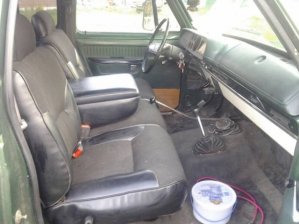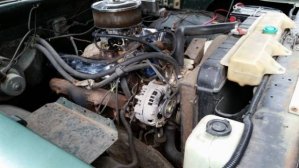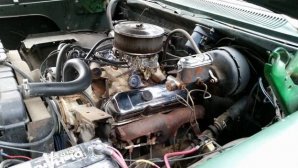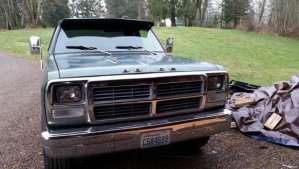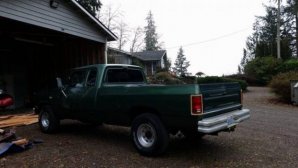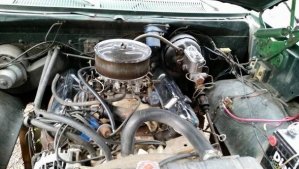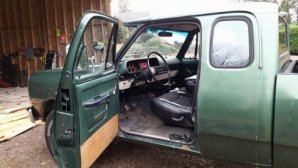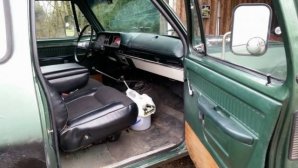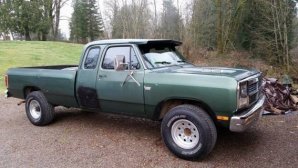I haven't found one on the bed, but that's not to say I don't know where to look. The '77 I'm restoring has parts from numerous different trucks and years and I like to keep track of each one. It will make it much easier to find the correct parts in the future should I need to. For instance my engine has an '80 block, Mexican made '85 heads and crank, '86 carb and intake and so on. While most of the parts were pretty much the same year to year, there are sometimes differences. Especially something like the carb, it was from an '86 B250 OATS van and often times carbs were very specific as to their application. For instance the van had 2 air pumps while the '85 truck had 1 and measurements showed the cam grinds were different between the '86 van and the '85 truck. I don't know, but that right there may mean the van carb could be slightly different from the truck carbs. Might be good to know if I ever have to overhaul the carb. Also, the '85 and 86 used GM Quadrajet carbs while the '84 and older all used Carter Thermoblock. That right there is vital to know.
There should have been a large vehicle equipment identification stucker stuck under the hood on the right side that would have shown everything from spring rates, differential ratios, engine and carb, wheel size and width, frame length, all other options and so on. Like so many, mine fell off ages ago and I have no idea of if I saved it or not. On my '77, there is a metal body trim tag that is attached to the top of the radiator support forward of the battery. It's probably 1.5 X 3 inches more or less. It has the VIN as well as a bunch of other numbers that are supposed to identify the paint color/scheme, trim style and so on. My truck was originally a fairly plain Custom style with sliding rear window, carpet, oil pressure gauge and a few things like that as options, although it did have the upscale #3 2 tone paint scheme. When I'm done, it will have other trim that would have been found on an Adventurer.
You can get some interesting info from the VIN on the door or pillar. On my parts truck, the pillar vin is gone but the door VIN shows it originally had a utiline step side bed but when I got it, it had a 6' sweptside. I'm positive the bed was swapped rather than the door because behind the tail light reflectors is some factory wine colored metallic paint whereas everything I've found on the cab was blue. I guess it's kind of like a person's geneology; I like to know where I (and my truck) came from.
But as long as your truck is solid and does what you want, what I think doesn't matter. Whoever put it together did make a really sharp looking truck though. And if it was a forest service truck, it would have been painted a ugly green color that looked like Linda Blair's demonic puke in that movie The Exoricist or whatever it was called. Any color would be better than that. I suspect that color was chosen as an anti-theft measure because I don't know anyone who would want to drive something that ugly unless they were forced to.
